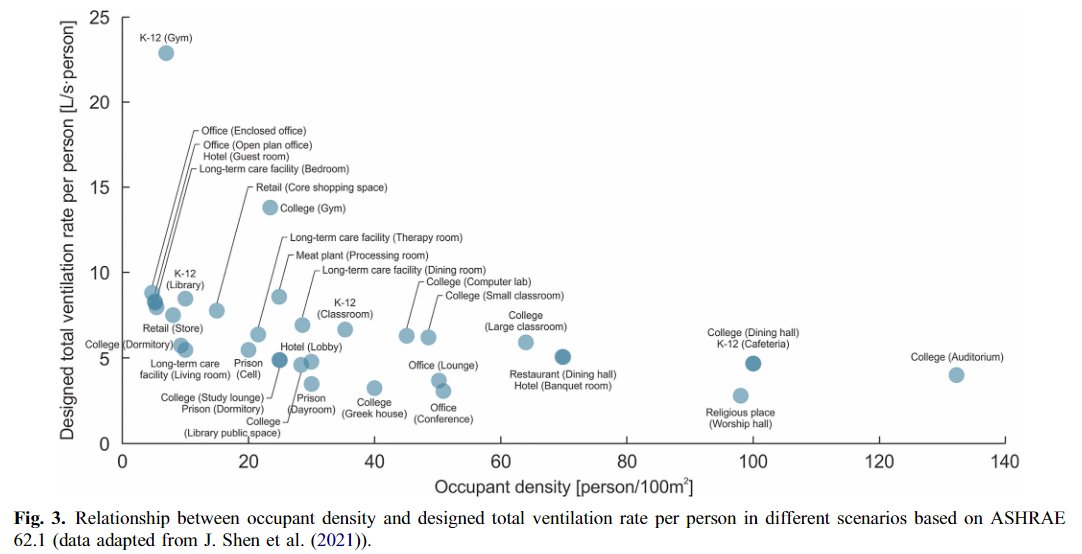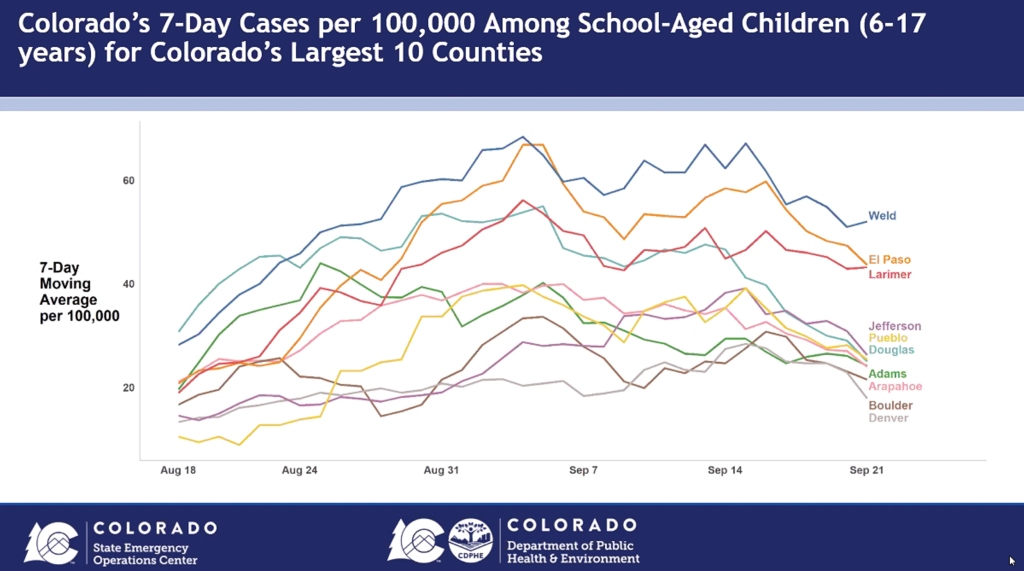
The movement to bring #CO2 sensors to school empowers parents, students, & teachers to advocate for their health; Reveals invisible factors of air quality & helps see how well ventilation is matched to room activity.
Great article by @EmilyAnthes. (1/🧵)
nytimes.com/2021/10/10/hea…
Great article by @EmilyAnthes. (1/🧵)
nytimes.com/2021/10/10/hea…
2/ If you are able to buy or borrow a CO2 sensor, stick it in the mesh water bottle pocket of your kid's backpack, pin into their shorts, or send in their lunchbox. Be creative. Make sure it isn't sealed away; the more airflow the better the reading.
https://twitter.com/AnnOssinger/status/1433142704137912324?s=20
3/ A key goal of #COVIDCO2 monitoring is to understand how well ventilation is matched to room activity & occupancy. Share the data with your school. If CO2 rises above 800 ppm, interventions needed to reduce build-up of aerosol & risk.
https://twitter.com/HuffmanLabDU/status/1438656076593782787
4/ In particular, scroll to point 9 (CO2 monitoring) on the #CDC page on Ventilation in Buildings under their COVID guidance.
"If unable to get below 800 ppm, increased reliance on enhanced air filtration (including HEPA air cleaners) will be necessary."
cdc.gov/coronavirus/20…
"If unable to get below 800 ppm, increased reliance on enhanced air filtration (including HEPA air cleaners) will be necessary."
cdc.gov/coronavirus/20…
5/ The main source of CO2 indoors is either combustion (flames) or people exhaling. So if CO2 is building up, you can assume the invisible respiratory aerosols are too.
See e.g. this overview infographic via @zerocovidthai, via @RichardBarrow.

See e.g. this overview infographic via @zerocovidthai, via @RichardBarrow.

6/ Gathering CO2 data is often discouraged, however: “It’s possible that the school district may not be all that happy with this because I think it gives us a window into the fact that they may not actually be treating ventilation as seriously as they should be,” Dr. Huffman said
7/ As @EmilyAnthes points out in the NY Times article above, many parents have seen backlash against sending CO2 monitors. Some of those brief parent stories are here:
https://twitter.com/kprather88/status/1438976936697466880?s=20
https://twitter.com/HuffmanLabDU/status/1438962582312734721
8/ I've been encouraging parents who want to send a CO2 sensor with a child to make sure they don't push a child past their comfort zone. Make sure the sensor won't be a distraction during the day. And it's important that the parent, not the student, bear the responsibility.
9/ There are lots of creative ways that people have been using as they send CO2 monitors:
https://twitter.com/HuffmanLabDU/status/1433132537283432451?s=20
10/ Once you've collected your data, make sure to share using the hashtag #COVIDCO2 and peruse for further ideas & support (Thx @mdc_martinus!). Some have also used #SchoolCO2.
https://twitter.com/mdc_martinus/status/1447171344425160704
11/ But #CO2 monitors are not just for school. I've loaned mine out to friends who have had fun seeing the invisible trends in various places they go.
Here is one set of anecdotes on how I played around with CO2 sensors in school, at work, and at home:
Here is one set of anecdotes on how I played around with CO2 sensors in school, at work, and at home:
https://twitter.com/HuffmanLabDU/status/1335999080938364932
12/ Several sites allow people to share their CO2 data for the public to see. For example, see the site put together by @ariccio or the work that @SchoolAQFund is now beginning.
https://twitter.com/ariccio/status/1447175161896177665?s=20
13/ I've gotten a lot of question about what CO2 sensor to buy. I use the #Aranet4 sensor extensively, but at ~$200+, it's not cheap.
[Aranet coupon: naltic.com/aranet4coupon.…]
Whatever you buy, make sure the sensor is NDIR (non-dispersive infrared).
docs.google.com/document/d/1K6…
[Aranet coupon: naltic.com/aranet4coupon.…]
Whatever you buy, make sure the sensor is NDIR (non-dispersive infrared).
docs.google.com/document/d/1K6…
14/ There are lots of tools available to understand how CO2 sensing can be leveraged best.
E.g. see this tool by @HarvardChanSPH & @j_g_allen (reminded today via @linseymarr)
E.g. see this tool by @HarvardChanSPH & @j_g_allen (reminded today via @linseymarr)
https://twitter.com/j_g_allen/status/1435895995297157122
15/ This is a summary of a somewhat more technical perspective on using CO2 as a proxy for airborne viral aerosol risk indoors, with great additional info gathered by @jljcolorado:
https://twitter.com/jljcolorado/status/1379067898208124930
16/One way to think about indoor CO2 concentrations is to consider the "rebreathed fraction". For every ~400 ppm above the baseline (usually also ~400 ppm), 1% of your air is '#rebreathed' from someone else's exhaled air. E.g. via @CorsIAQ:
https://twitter.com/CorsIAQ/status/1425347509782601730
17/ This is a good one-slide summary of #RebreathedFraction using CO2 as a tracer, by @Poppendieck:
https://twitter.com/Poppendieck/status/1436406244181360643?s=20
18/ Lots of other 🧵s to learn more about CO2 & ventilation, e.g. here by @CathNoakes, @Poppendieck, @CorsIAQ:
https://twitter.com/CathNoakes/status/1415399871985733638
https://twitter.com/CathNoakes/status/1431998165662806019
https://twitter.com/CathNoakes/status/1303436604703477760
https://twitter.com/Poppendieck/status/1366055136859070468
https://twitter.com/Poppendieck/status/1436406244181360643?s=20
https://twitter.com/HuffmanLabDU/status/1435809993354141701?s=20
19/ Or search many more resources (using 'Cntrl-F') for "CO2" on the (1) Reports, Guides, Tools; (2) Media; or (5) Threads tabs here:
bit.ly/3fzmB16
bit.ly/3fzmB16
• • •
Missing some Tweet in this thread? You can try to
force a refresh











